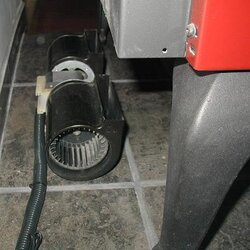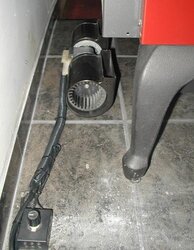Hi again,
I've been researching stoves, inserts, and chimneys, etc, and I've managed to confuse myself.
Do stove inserts require their blowers to be running in order to be effective? They would seem to have an awful lot of the stove recessed into the fireplace to transfer heat to the air effectively, but I'm not sure.
If I want a source of heat even if the power is out, do I have to look at free standing stoves only?
Thanks!
-SF
I've been researching stoves, inserts, and chimneys, etc, and I've managed to confuse myself.
Do stove inserts require their blowers to be running in order to be effective? They would seem to have an awful lot of the stove recessed into the fireplace to transfer heat to the air effectively, but I'm not sure.
If I want a source of heat even if the power is out, do I have to look at free standing stoves only?
Thanks!
-SF



